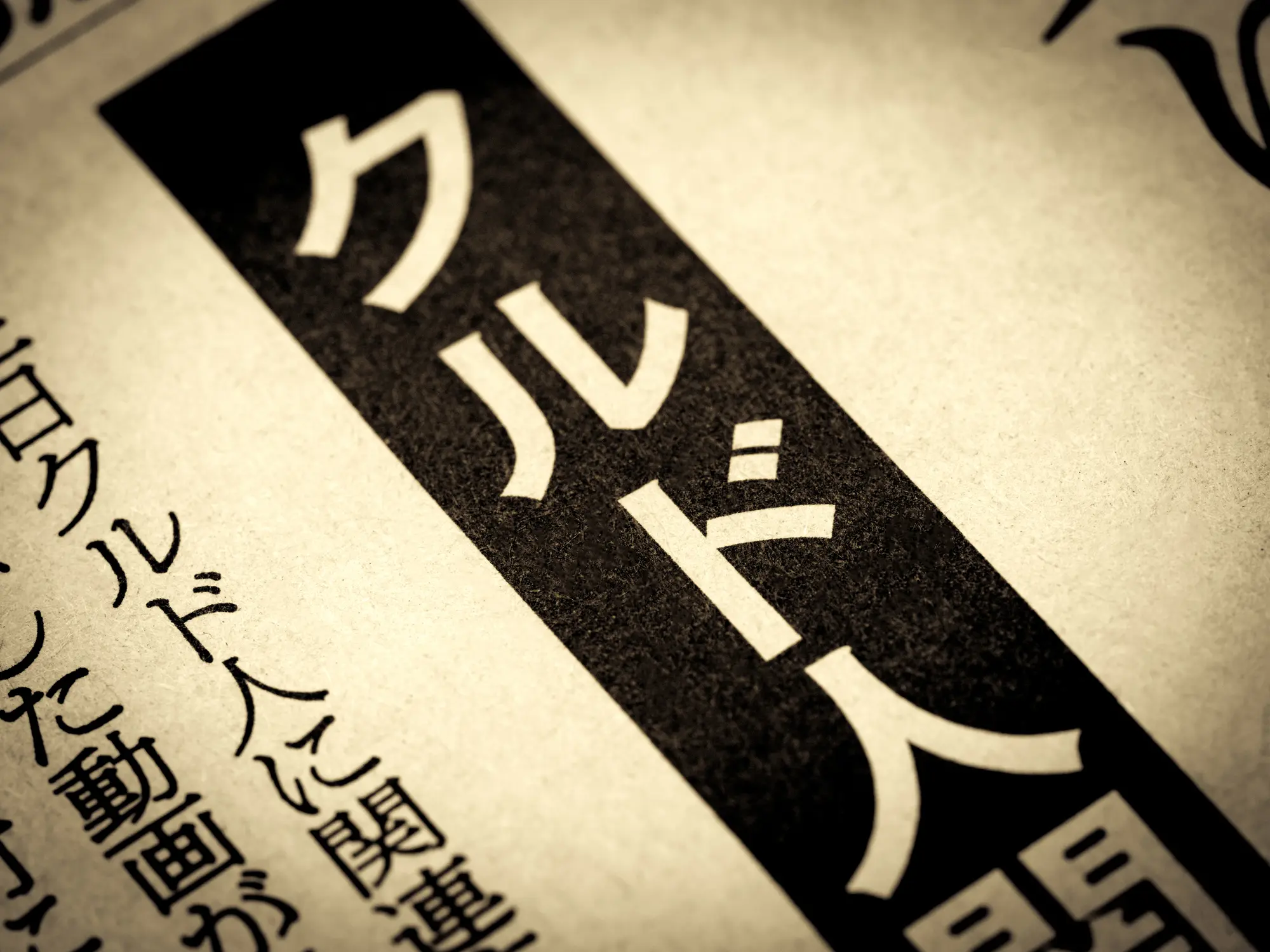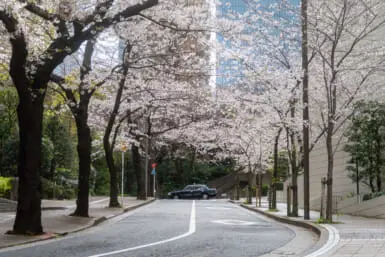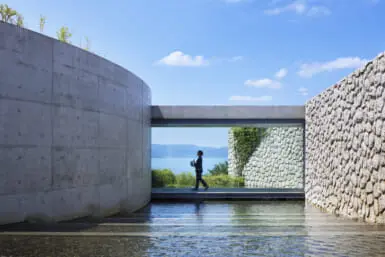In recent years, Japan has seen a quiet but intensifying crisis unfold on the outskirts of Tokyo — not in the Diet chambers or breaking news headlines, but in police blotters, immigration holding centers and the everyday tensions of a small city called Kawaguchi in Saitama Prefecture. At its center is a growing Kurdish population caught between statelessness and the bureaucracy of a country historically resistant to immigration.
Japan’s Largest Kurdish Population
Japan’s Kurdish community traces back to the 1990s, when families from southeastern Turkey arrived seeking refuge from persecution and ethnic conflict. Most settled in Kawaguchi city, which is now home to around 2,500 Kurds — the largest Kurdish population in Japan.
Unlike other immigrant groups who enter via student or labor programs, many Kurds apply for asylum. Japan, though, is known for accepting only a fraction of refugee applications. In 2024, for instance, just 190 people were granted full refugee status out of 12,373 applications. As a result, most Kurdish applicants are left in karihomen status: temporarily released from detention, but denied work rights, health coverage, or long-term residency.
A Stateless Class
Tensions erupted in July 2023, when a street brawl involving over 100 Kurds outside Kawaguchi Medical Center went viral. A few months later, the arrest of a Kurdish man on suspicion of sexual assault triggered far-right protests, nationalist sound trucks and inflammatory online rhetoric.
Social platforms exploded with calls for mass deportations and violence. The backlash was swift — and largely indiscriminate.
“It’s different for the kids, for them it’s traumatic to see people discriminating against them. We worry how it will affect them growing up,” Mamo, 35, a Kurdish man who runs a real estate and demolition company, told Kyodo News.
Japan’s immigration law allows applicants to remain while their cases are pending, but rejects nearly all claims. Deportation, however, is rarely enforced, especially for families and long-term residents. The result is a stateless class with no pathway forward and no legal grounding.
A 2024 revision of the Immigration Control and Refugee Recognition Act introduced stricter rules for repeat asylum seekers. Critics say it tightened procedures without addressing structural flaws — namely, an opaque system out of step with international standards.
Life in Permanent Limbo
For Kurdish families, life in Japan is marked by contradictions. Children attend Japanese schools and usually speak the language fluently. Parents, meanwhile, are denied the right to work and face regular immigration check-ins. Deportation, though unlikely, is always a possibility.
The system leaves people desperate — often turning to undocumented labor, creating the very social instability critics warn against.
Japan’s immigration stance has long been one of passive exclusion: allowing irregular residents to stay while avoiding full legal recognition. This idea of “don’t legalize, don’t deport” serves political convenience but fails as policy. It doesn’t protect refugees, and it doesn’t reassure the public.
The Kurdish community has become a stand-in for a larger national anxiety: about identity, migration and control. As public sentiment hardens and state response stalls, one thing is clear — this is no longer just about asylum. It’s about the kind of country Japan wants to be.









